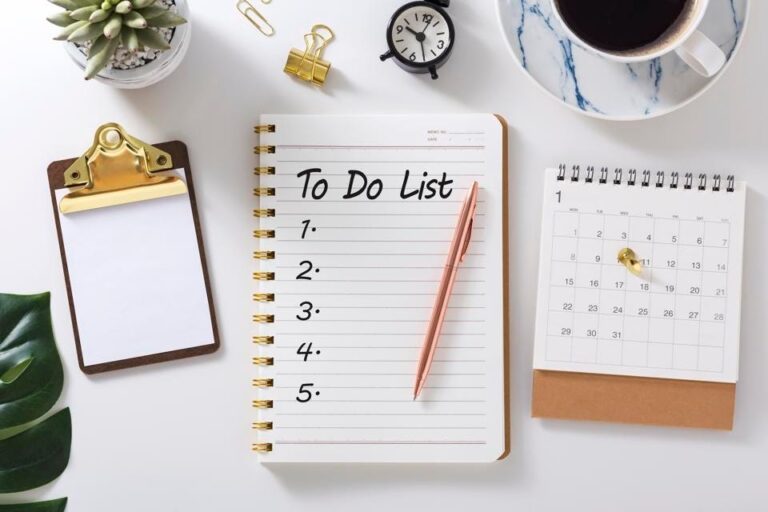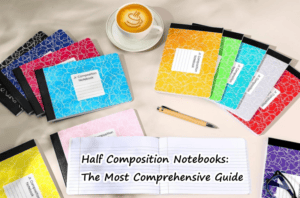Are you someone who loves to stay organized and keep track of tasks and goals? One of the most effective ways to do this is by using a to do list notebook. But with so many options available, it can be overwhelming to choose the right one for you. In this article, we’ll explore the different types of to do list notebooks available and help you find the perfect one to fit your needs.
1. Types of to do list notebooks
Do you know what is to do list notebook?
To do list notebook is a notebook or planner that is specifically designed for making lists. It can be used to keep track of tasks, appointments, notes, goals, or any other type of information that can be organized into a list format.
To do list notebooks can be physical or digital, and can be customized to fit the needs and preferences of the user. They are useful tools for staying organized, managing time, and improving productivity.
Here are some types of to do list notebooks:
Traditional notebooks
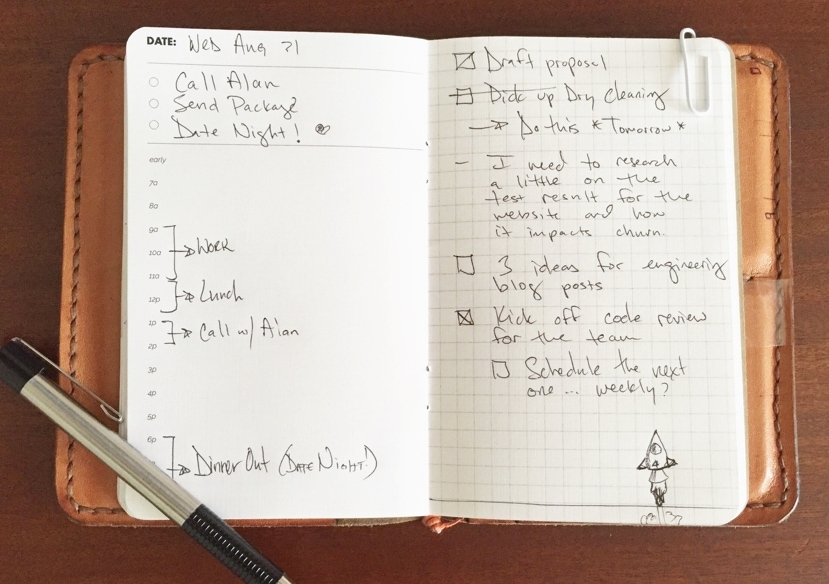
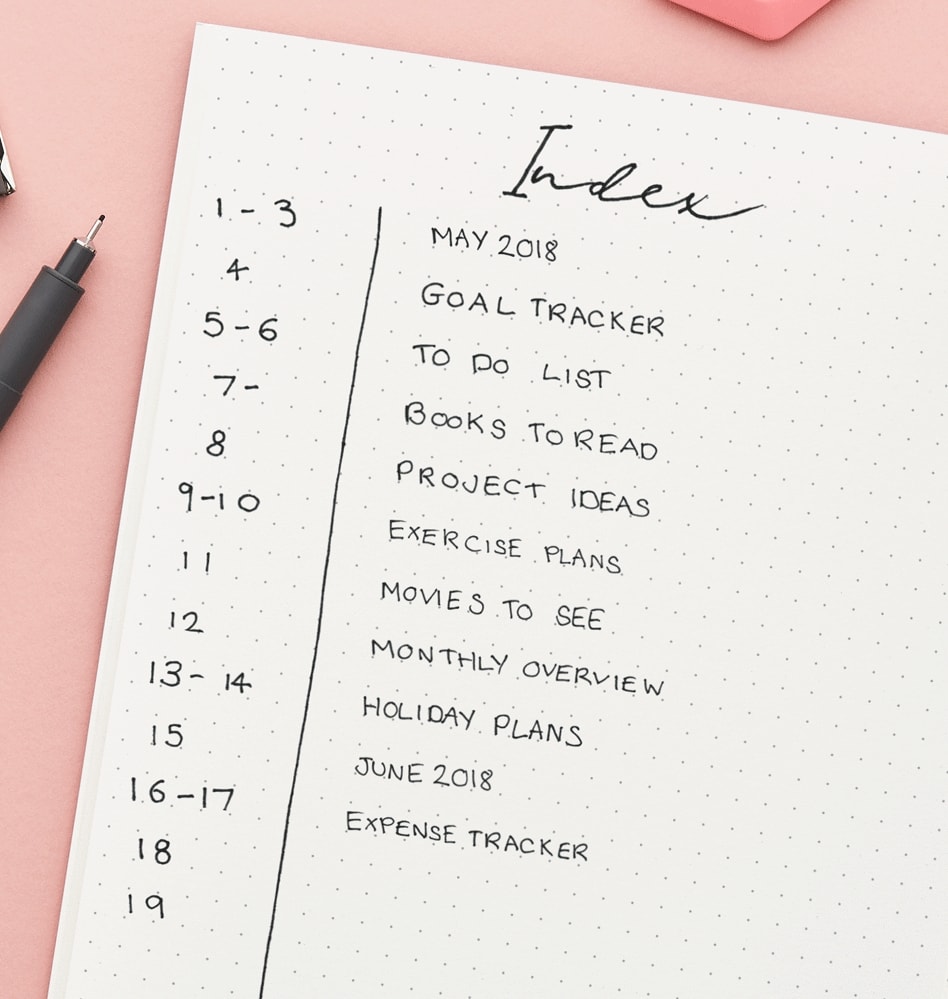

Traditional notebooks, also known as normal notebooks, are one of the most basic and widely used forms of note-taking. They consist of bound pages of paper that are usually lined, but can also be blank or grid-patterned.
Normal notebooks are available in a variety of sizes, ranging from small pocket notebooks to larger sizes for more extensive note-taking.
Normal notebooks are versatile and can be used for a variety of purposes such as note-taking, journaling, sketching, and brainstorming. They don’t require any special tools or equipment and are easy to use for people of all ages.
These are the most common type of to-do list notebooks, with lined or blank pages that you can use to write out your tasks. Like exercise notebooks, composition notebooks, and so on.
Bullet journals
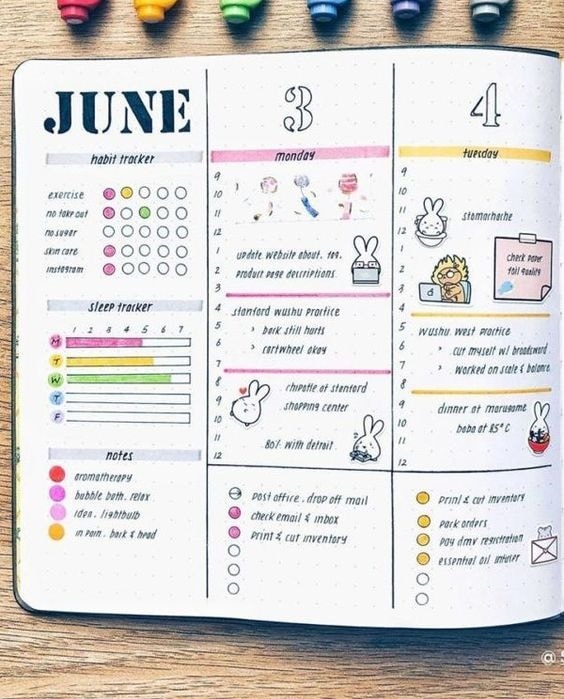

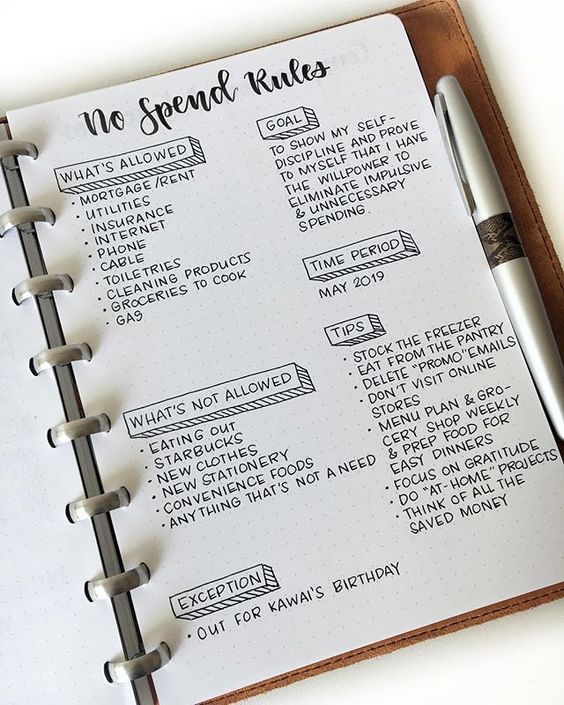
Bullet journals are a type of note-taking and organization method that has gained popularity in recent years. They were created by designer Ryder Carroll as a way to track tasks, goals, and ideas in a simple and efficient way.
It is a customizable notebook that can be used for a variety of purposes, including list-making. It typically has a table of contents, an index, and pages that are dotted or gridded to help with organizing and structuring lists.
One of the key features of bullet journals is their flexibility. Users can create pages and layouts that suit their own needs and preferences, allowing for more customization than some other organization methods. Bullet journals can also be used for journaling, habit tracking, and goal setting, making them a versatile option for both personal and professional use.
Daily planners
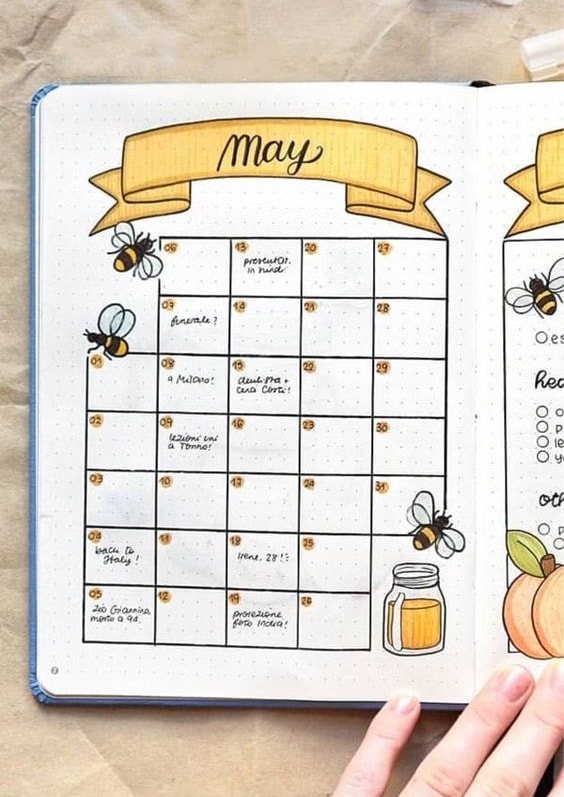

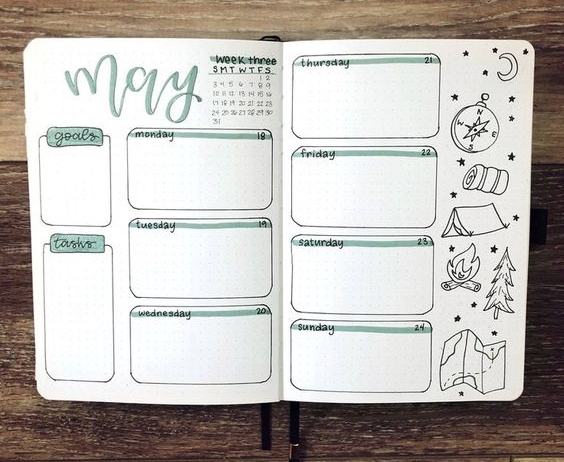
Daily planners are a type of notebook or binder that is designed to help users organize their daily schedules and tasks. They typically contain pre-designed pages for each day, including space for appointment times, to-do lists, and notes. It comes in a variety of styles and sizes, from small pocket planners to larger desk planners. (Notebook Sizes: The Ultimate FAQ Guide)
One of the main advantages of it is that they provide structure and organization to the user’s day. By having a set schedule and list of tasks to complete, users can better manage their time and accomplish more throughout the day. Additionally, daily planners can help users stay on track with their goals and prioritize their time effectively.
Daily planners are often used by professionals, students, and busy individuals who need to balance multiple tasks and appointments throughout the day. They can also be helpful for individuals who struggle with time management or have difficulty staying on task.
Task-specific notebooks
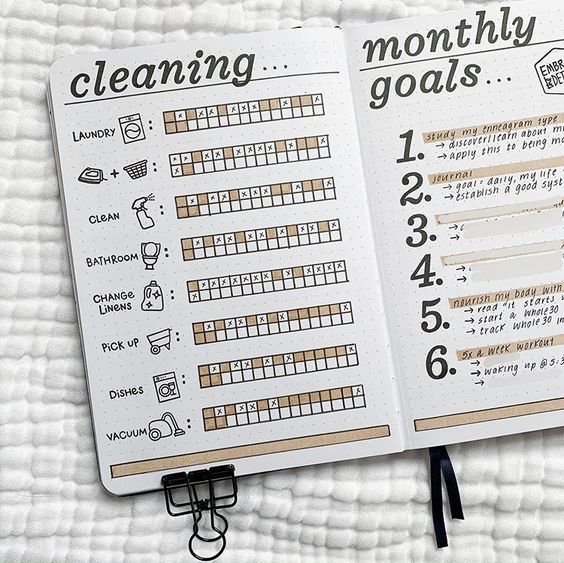

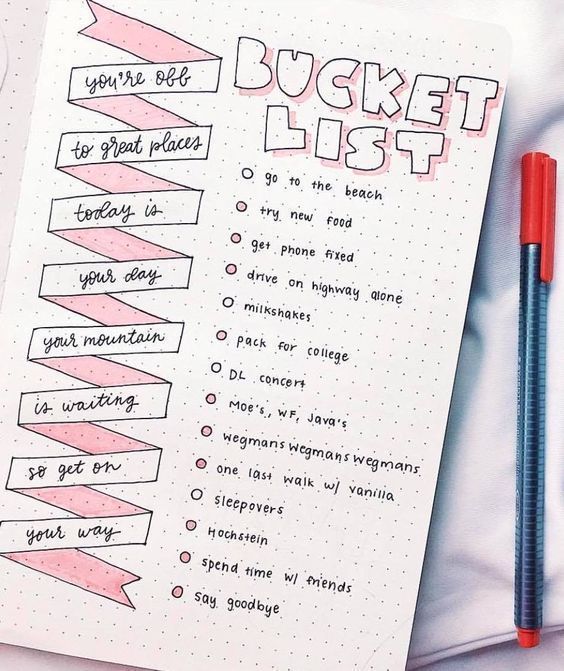
Task-specific notebooks are a type of notebook that is designed for a specific purpose or task. They are usually pre-designed with sections or pages that are tailored to a specific need, such as project management, fitness tracking, or meal planning.
Task-specific notebooks can come in a variety of sizes and formats, depending on the task they are designed for. For example, a fitness notebook may have pages for tracking workouts, nutrition, and progress, while a project management notebook may have sections for planning, task lists, and notes.
Task-specific notebooks are often used by individuals who have specific goals or tasks they want to accomplish, such as athletes, project managers, or students. They can also be helpful for individuals who need extra guidance or structure in their organizational method. By having a pre-designed format, users can focus on their goals and tasks without worrying about how to organize their notes and information.
Notepads
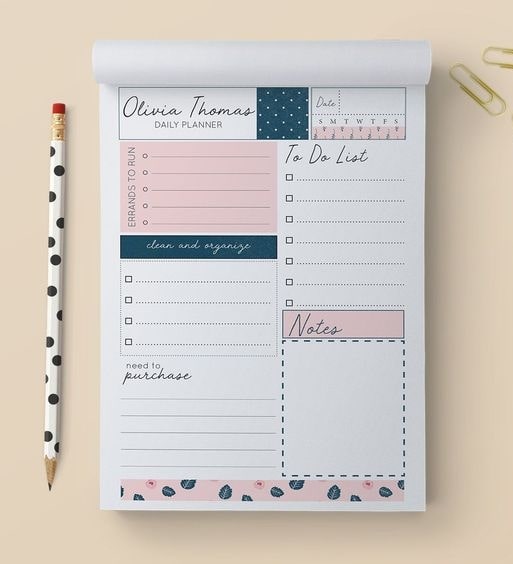
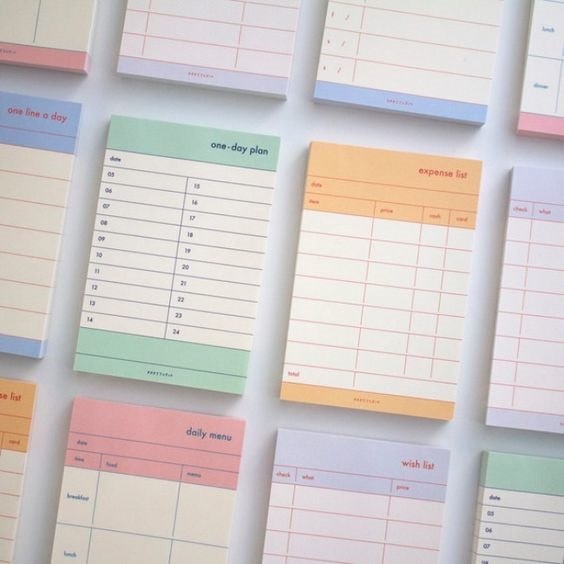

Notepads are a type of notebook that is designed for quick and easy note-taking. They are usually small and compact and often have a binding that allows for easy tearing of pages.
Notepads can come in a variety of sizes and styles, from pocket-sized pads to larger desk pads. They are small and easy to carry, making them ideal for jotting down notes on the go. They are also useful for brainstorming, making to-do lists, and taking quick notes during meetings or lectures.
One potential disadvantage of notepads is that they may not be suitable for long-term or more structured note-taking. The pages are often not numbered or organized in any particular way, which can make it difficult to find specific notes later on. Additionally, notepads may not be as durable as other types of notebooks, since the pages can easily be torn out.
Digital list notebooks
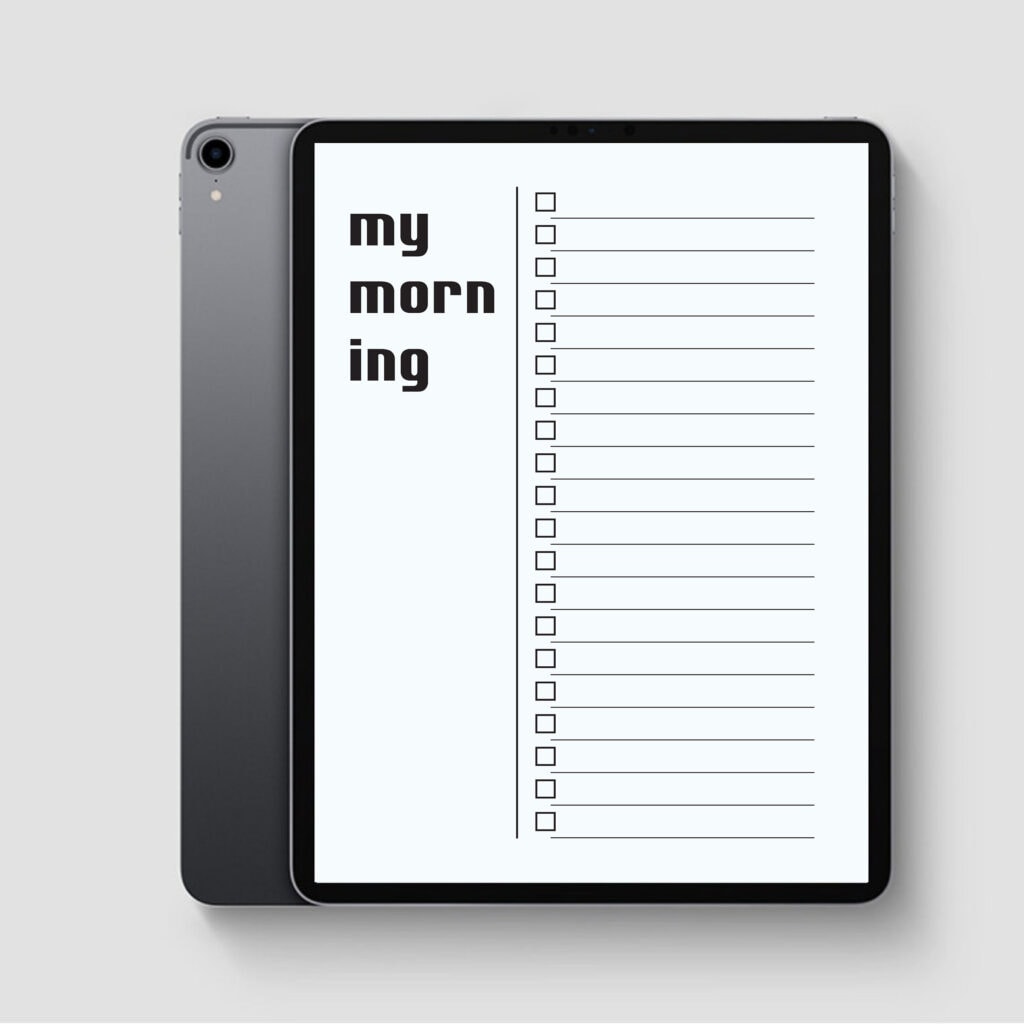
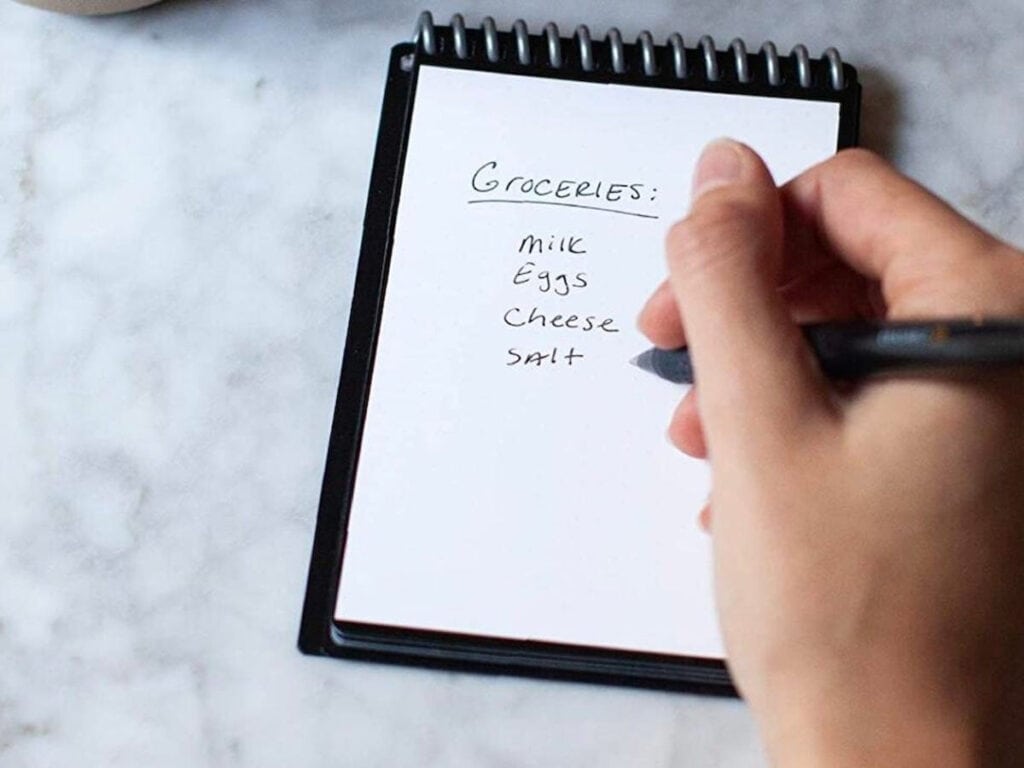
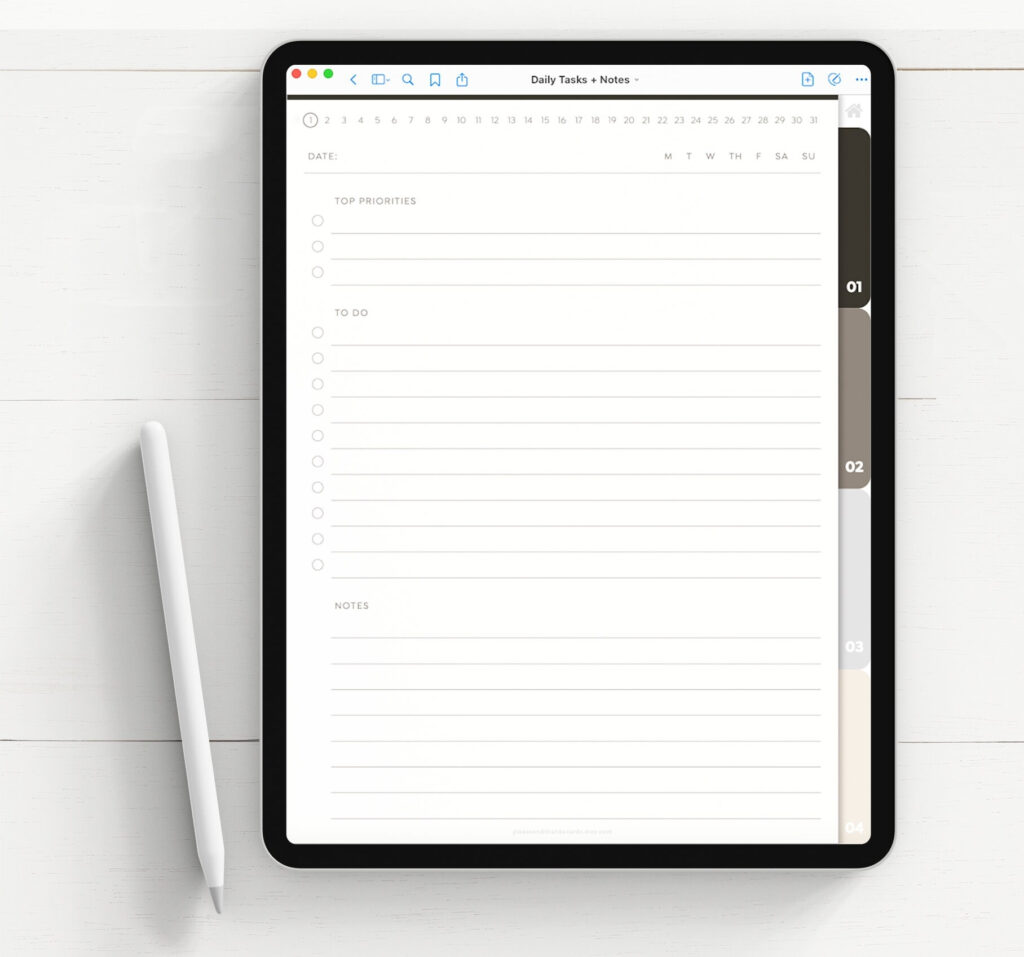
Digital list notebooks, also known as digital note-taking apps, are a type of software application that allows users to take notes, create to-do lists, and organize their thoughts and ideas electronically.
These apps can be installed on computers, smartphones, and tablets, and are designed to mimic the functionality of traditional notebooks. Digital list notebooks often offer a variety of features, such as the ability to create and organize notes into folders, set reminders for tasks, and collaborate with others in real time.
They can be accessed from anywhere with an internet connection, making them ideal for individuals who need to access their notes and tasks on the go. They also offer the ability to search and organize notes quickly, which can save time and increase productivity.
One potential disadvantage of digital list notebooks is that they may not be suitable for individuals who prefer the tactile experience of traditional notebooks. Additionally, some users may be concerned about privacy and security when storing sensitive information in a digital format.
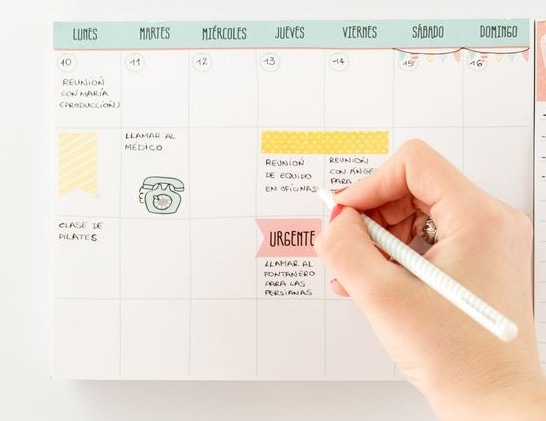
Here is a comparison of the advantages and disadvantages of the above notebooks.
| Note Taking Method | Pros | Cons | Best Use Case |
|---|---|---|---|
| Traditional Notebooks | Easy to use Portable Can be used to take notes, journal, and brainstorming | Can be bulky to carry around Pages can easily tear | General note-taking, journaling, and brainstorming |
| Bullet Journals | Highly customizable Great for organization and goal setting | Can be time-consuming to set up Not as flexible as other methods | Goal setting, planning, and personal organization |
| Daily Planners | Provides structure and organization Great for time management | Limited space for note-taking May not be flexible enough for some users | Time management and scheduling |
| Task Specific Notebooks | Tailored for specific tasks Can improve productivity | May not be useful for general note-taking or brainstorming | Work-related tasks, specific projects |
| Notepads | Convenient and easy to use Great for quick notes and lists | Can easily be lost or damaged Limited space for note-taking | Quick notes and reminders |
| Digital List Notebooks | Easily accessible and shareable Can be synced across devices | May require access to technology Can be distracting May be concerned about privacy and security | Collaborative work and project management |
2. Benefits of children using a to do list notebook
Using a to do list notebook can be very beneficial for children in a number of ways. Here are some potential benefits:
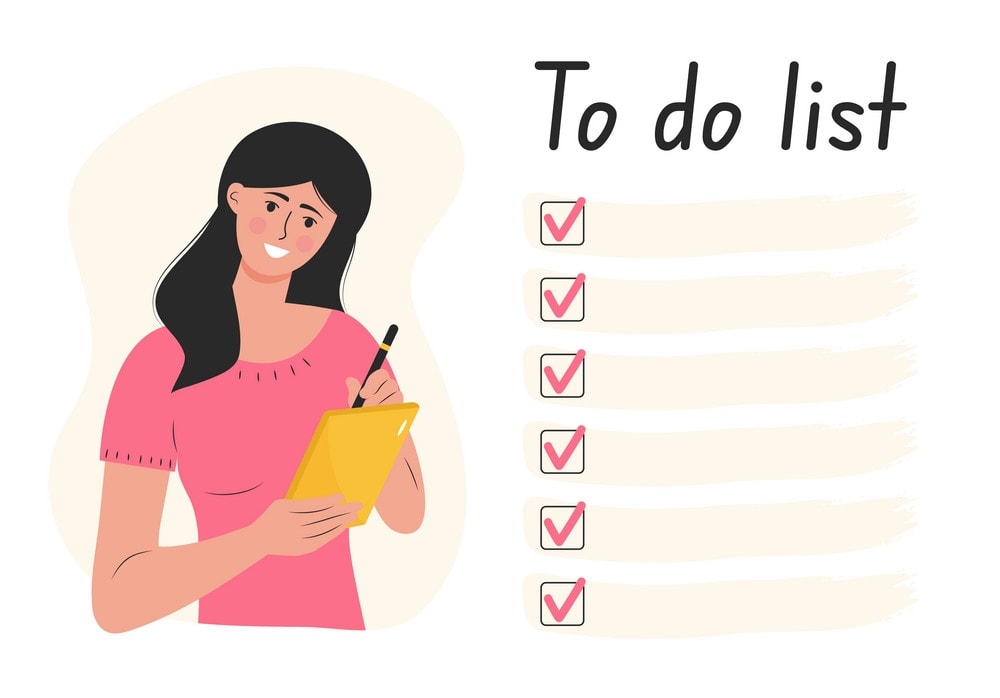
- Improved organization: A list notebook can help children stay organized by providing a central place to record their tasks, appointments, and other important information.
- Better time management: By prioritizing tasks and keeping track of deadlines, children can learn important time management skills that will serve them well throughout their lives.
- Reduced stress and anxiety: When children have a clear sense of what they need to accomplish, they may feel less stressed and anxious about their responsibilities.
- Increased productivity: By using a list notebook to stay organized and focused, children can become more productive and accomplish more in less time.
- Enhanced self-awareness: By writing down their tasks and reflecting on their progress, children can develop a greater sense of self-awareness and self-reflection. They may become more mindful of their strengths and weaknesses, and more motivated to improve.
- Improved memory: Writing down tasks and information can help children remember important details more easily. This can be especially helpful for children who struggle with ADHD or other attention-related issues.
Overall, using a to do list notebook can help children become more organized, productive, and self-aware, while also reducing stress and anxiety. It’s a simple but effective tool that can benefit children in many ways.
3. Tips for using a to do list notebook effectively
By prioritizing tasks, reviewing the list regularly, and adapting to changes as needed, a to-do list notebook can be an effective way to achieve your goals and stay on track.
Here are some tips for using a to do list notebook effectively:
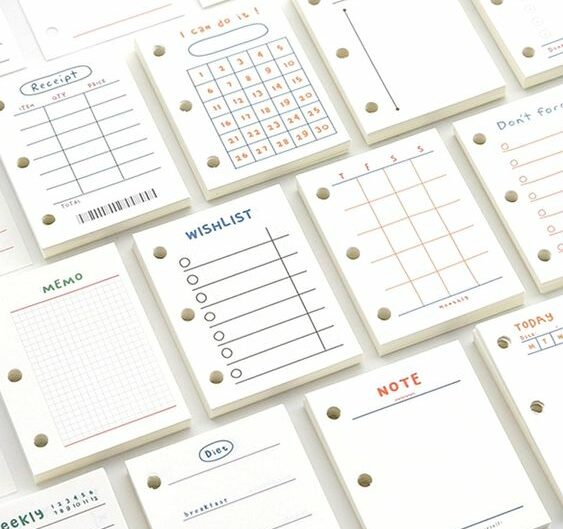
Choose a format that works for you:
There are many different types of to do list notebooks, so it’s important to choose one that fits your needs and preferences. Consider factors like size, layout, and design when selecting a notebook.

Use symbols and colors to help organize your list:
Symbols and colors can make it easier to quickly scan your list and identify different items.

Prioritize your tasks:
Assign a priority level to each task on your list, such as “high,” “medium,” or “low.” This can help you focus on the most important items first and avoid getting overwhelmed by less urgent tasks.
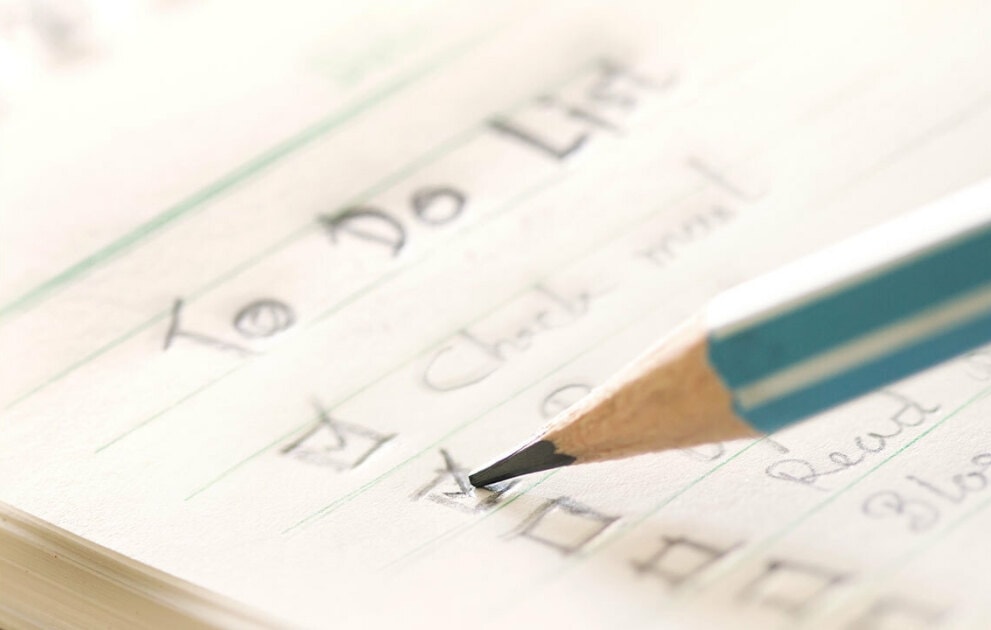
Review your list regularly:
Take time each day to review your list and make any necessary updates. This can help you stay on track and avoid forgetting important tasks or deadlines.
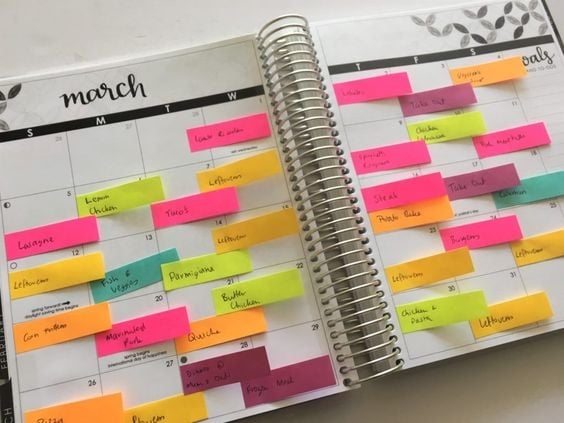
Be flexible and adapt as needed:
Lists are helpful tools, but they should also be flexible enough to accommodate changes and unexpected events. If a task becomes more urgent or a new task arises, be willing to adjust your list and reprioritize as needed.
By following these tips, you can make the most of your to do list notebook and improve your productivity and organization.
Conclusion
To do list notebooks are a useful tool for staying organized and productive, and can be found in a variety of formats including bullet journals, daily planners, task-specific notebooks, notepads, and digital list notebooks.
One company that specializes in producing high-quality notebooks is Honeyoung, a Chinese notebook factory. They offer a range of customizable notebook options to meet the needs of their customers. Whether you choose to use a notebook from Honeyoung-notebook factory or another supplier, finding a system that works for you can help make to-do lists more manageable and enjoyable.

